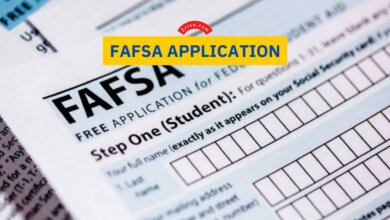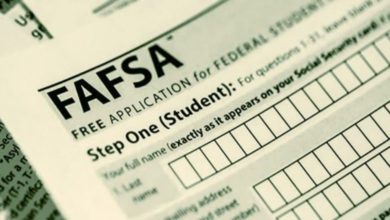FAFSA Expected Family Contribution

One of the most important and overlooked parts of Free Application for Federal Student Aid is the expected family contribution. Depending on the financial statements provided on the student and parent’s FAFSA, the Department of Education will come up with an expected family contribution amount. This amount represents how much the family is expected to contribute towards the student’s education during one academic year.
A student’s expected family contribution along with the cost of attendance of the school will determine how much the student needs to pursue higher education. The cost of education minus expected family contribution equals to how much a student can borrow from federal student loans. However, due to the maximum amounts, a higher need for financial aid doesn’t correlate to a higher student loan than what’s allowed.
Financial aid calculator
Calculating financial aid doesn’t really take any complex math. Take your calculator and subtract your expected family contribution from the cost of attendance of the school you’re attending or anticipate attending. For example, if the cost of attendance is $20,000 and your expected family contribution is $11,000, your financial aid is $9,000, thus, the maximum amount you can get from federal student loans.
Maximum federal student loans
Regardless of your financial need, you can only get so much from federal student loans. The maximum student loan amount for undergraduates is $12,500 per year and $57,500 in total. For graduate students though, this number is $20,500 annually and $138,500 for the lifetime of the student. A student cannot get more than this amount.





